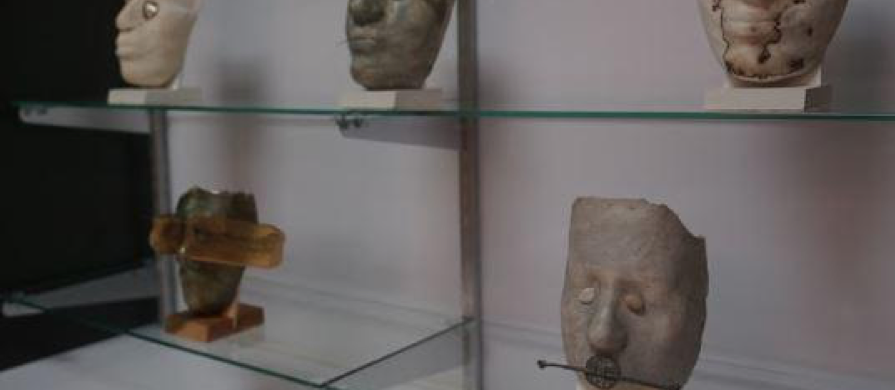
Curating Art, Science, and Technology
Technology’s Stories vol. 6, no. 4 – DOI: 10.15763/jou.ts.2018.12.20.04
PDF: Rogers_Curating Art Science and Technology
Shadows and Ashes: The Peril of Nuclear Weapons
Exhibits on the history of technology make arguments for the future of technologies. Along with the turn toward material practice in a variety of humanities fields and the urgency of science and technology policy for academic fields, exhibits in the area of technology are interpreted as social and political interventions. Curators must necessarily take a stance toward the marking of their controlled public space as a site of intervention. As a scholar of STS, my curatorial practice is guided by this sensibility, which is increasingly informing projects that aim at public transparency. My own efforts have been in the area of art, science, and technology, an area fraught with power differentials but also the potential to address complex problems. The traveling exhibition Shadows and Ashes: The Peril of Nuclear Weapons investigates the consequences of nuclear weapons on the technical and emotive senses by bringing together technical information, artworks, and opportunities for visitor engagement with the explicitly political goals of the exhibit.
The exhibit originated at Princeton University’s Bernstein Gallery at the Woodrow Wilson School of Public and International Affairs and was curated by the gallery’s co-director Mary Hamill. The exhibit site at Cornell University was sponsored by the Judith Reppy Institute for Peace and Conflict Studies and supported by two anonymous donors. An accompanying film series introduced by Professor Emerita Judith Reppy and President White Professor of History and Political Science Matthew Evangelista offered further provocations to consider the future of nuclear weapons. The series, entitled Nuclear Visions, included the films Dr. Strangelove, The Bomb, and Atomic Cafe, and was held at Cornell Cinema. The art installation included historical materials, information about current nuclear arsenals, and projections of future nuclear outcomes. These materials raise questions about individual and collective action and inaction in the face of the production of aesthetic and technical evidence. STS scholars can play an important role in leveling the playing field between art and science around contentious issues, in this case nuclear weapons.
In contrast to contemporary art museums and galleries that have used political hooks to gain audiences without a sense that their expertise and authority might be undermined by contrasting perspectives, science and technology curators have found it more challenging to work with such subjects. Ideas about unified communication and objectivity held by the broader science community have often found their way into curatorial philosophies. In the last two decades, however, science museums and centers are increasingly finding ways of exposing the political traits of the science and technology their exhibits and programming cover. This has been accomplished through the adoption of new models of learning, particularly citizen science modes, in which visitors are seen as sources of labor for science and their participation is figured as a form of direct or tacit learning, and dialogues with the public, rather than monologues by museum staff and docents. Much of this work has centered on emerging technologies, like the NanoDays efforts and the art-engaged work of the The Global Science Gallery network. In these cases the politics of the subject at hand are revealed through the work of the institution rather than, at least for many visitors, preceding it.
As an STS scholar and the curator for the Cornell University exhibit site, I was interested in exploring the potential of an exhibit on a technology which was sure to be framed by all concerned as political, while also considering the way that artworks and technical materials are understood by visitors. STS scholarship has offered pathways to consider how knowledge products might be understood in symmetrical ways (Barnes and Bloor 1996), but what is in the mind of a curator or scholar needs to be materially and textually translated for visitors. Shadows and Ashes’ subject matter offered an opportunity to put new arguments for ways of understanding technologies and their social meanings into public consideration. In designing the exhibit it was necessary to attempt to avoid common problems in such exhibitions. In particular, the art should not be positioned in ways that lend to their interpretation as illustrations of the technical materials and that the technical materials should not be positioned as supplementary or explanatory of the artworks. As much as the technical information in this exhibit brings up feelings for visitors, so, too, do the artworks display the facts of the consequences of nuclear weapons.
Exhibits on technology are installed in all kinds of spaces. Producing a show explicitly meant to blur the boundaries between information hailing from art and science traditions, however, has particular considerations. Even when objects are produced or identified as part of the art or science knowledge community, the tension between the object and context influences the interpretation of their meanings. In order to facilitate the suspension of assumptions about the objects based on the venue, the exhibit was arranged to take place in two public spaces that are not identified as primary art or science spaces: Anabel Taylor Hall, associated with organizations for religious and social works, and the Big Red Barn, a gathering space for graduate students from all departments. This exhibit examines the role of nuclear weapons in various societies and reflects on their results. By combining artwork and scientific information, it opens conversations on the practical and the philosophical implications of humans’ continued efforts to create and to dismantle nuclear weapons. Shadows and Ashes poses the idea that it is not enough to understand only the technical consequences of the continued development and potential deployment of nuclear weapons nor to consider only the social and personal consequences of their past and planning future use.
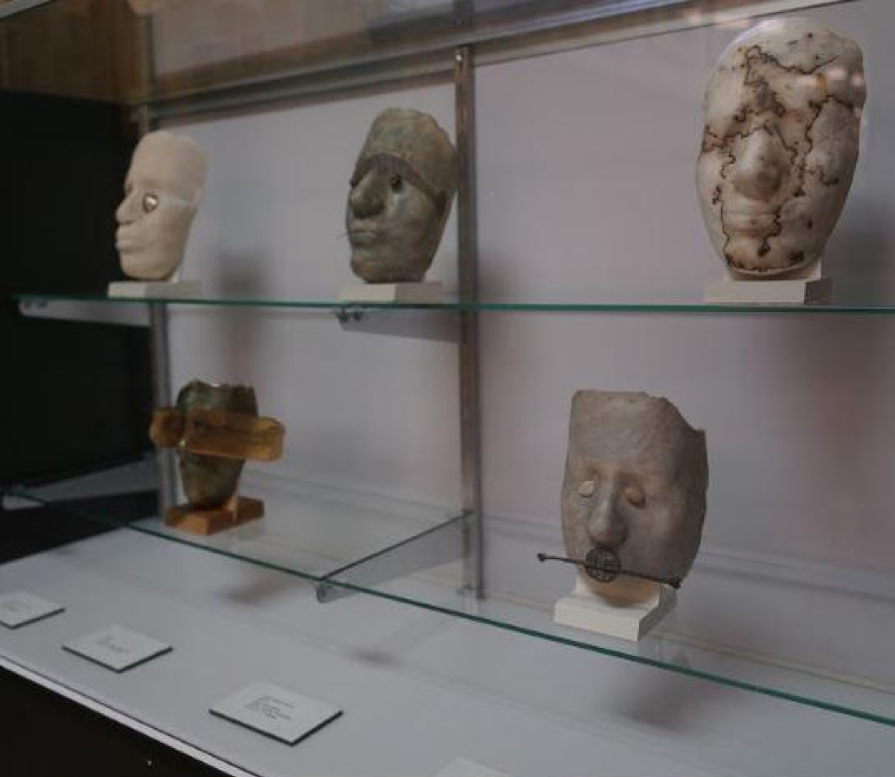
Figure 1. Marion Held. Selection of ceramic masks installed at the Anabel Taylor Hall, Cornell University, Fall 2018. Courtesy of Bruno Seraphin, Cornell University Site Exhibit Photographer, Fall 2018.
This multi-faceted exploration of the implications of nuclear weapons enacts that impulse through the scope and variety of its mediums. Gary Schoichet’s portraits and narratives from interviews with survivors of the U.S. bombing of Hiroshima, Japan, now living in San Francisco, California, comprise a kind of documentary, one that joins images of the survivors, who are mostly women, in everyday domestic settings, with texts taken from interviews about their life-changing experiences at Hiroshima to produce a truthful and unsettling comparison of excruciating suffering and extraordinary recovery. Across the space, Gary Schoichet also offers documentary photographs of the successful 1982 protests in Central Park, New York City. Schoichet photographed protestors, security, and artworks created for the event including masks, murals, paper maché doves, and even graffiti artists in action. The exhibit emphasizes the large number of women who led, attended, sang, and marched as part of the protests. These actions were led by Freeze founder Randy Forsberg, in whose honor the exhibit was organized as part of the Reppy Institute’s “Paths to Peace” project. Forsberg’s newly published book, Toward a Theory of Peace (2018) is available on-line here: https://einaudi.manifoldapp.org/projects/toward-a-theory-of-peace; a print copy is forthcoming from Cornell University Press.
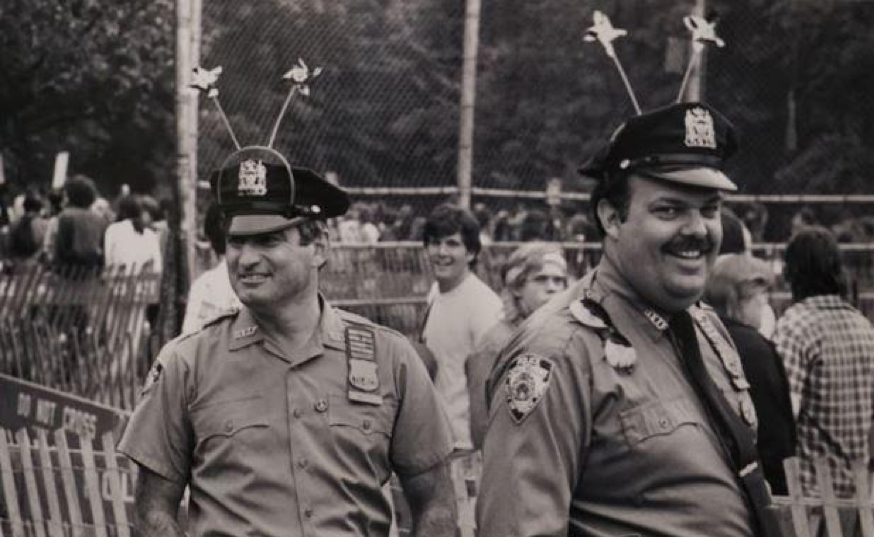
Figure 2. Gary Schoichet. Police at Anti-Nuclear Rally, New York, New York. June 12, 1982. Archival print. 16 x 20 inches. Courtesy of Gary Schoichet.
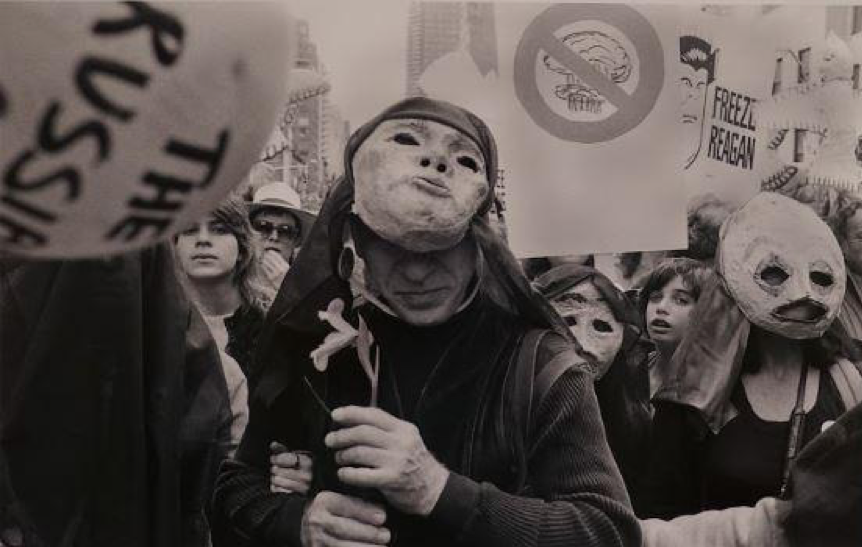
Figure 3: Gary Schoichet. Protestors at Anti-Nuclear Rally, New York, New York. June 12, 1982. Archival print. 16 x 20 inches. Courtesy of Permission of Gary Schoichet.
Moving through the exhibit, the crayon drawings by child survivors of Hiroshima have been preserved by the All Souls Unitarian Church of Washington, D.C. and curated by Melvin Hardy. These prints are labeled with the name, age, and gender of each artist, marking these individual aesthetic studies as an anthropological tracing of the effect of world events on children. This collection of drawings offers a glimpse into the thoughts, interests, and dreams of young people whose lives were irrevocably changed by the denotations over Japan. The displayed images that the children, ranging in age from 6 to 12, drew include a variety of urban and schoolyard scenes, as well as landscape studies and floral still life sketches.
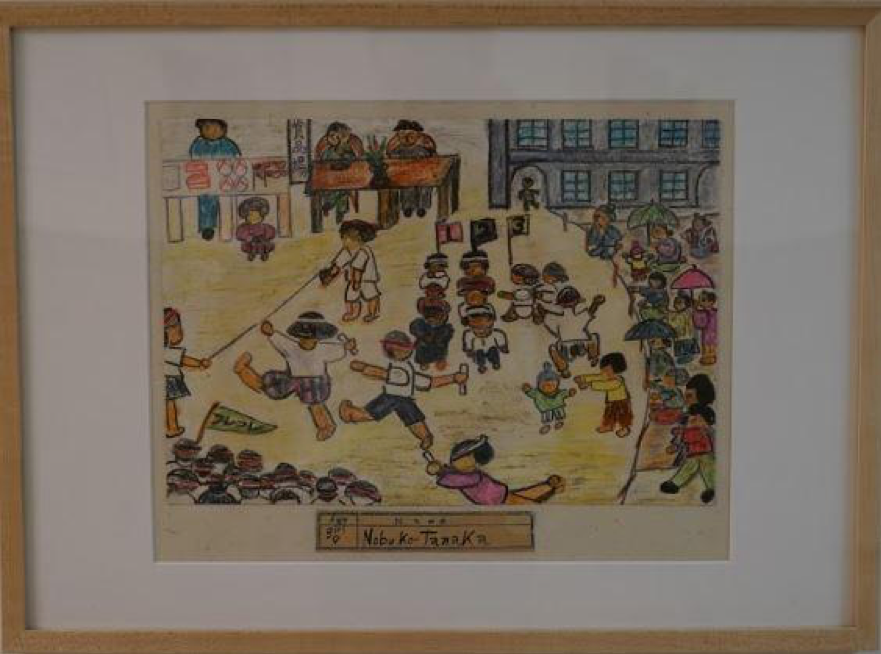
Figure 4: All Souls Unitarian Church, Washington D.C. Children’s Drawings Collection. Drawing by Nobu-Ko Tanaka, Age 9. Courtesy of Bruno Seraphin, Cornell University Site Exhibit Photographer, Fall 2018.
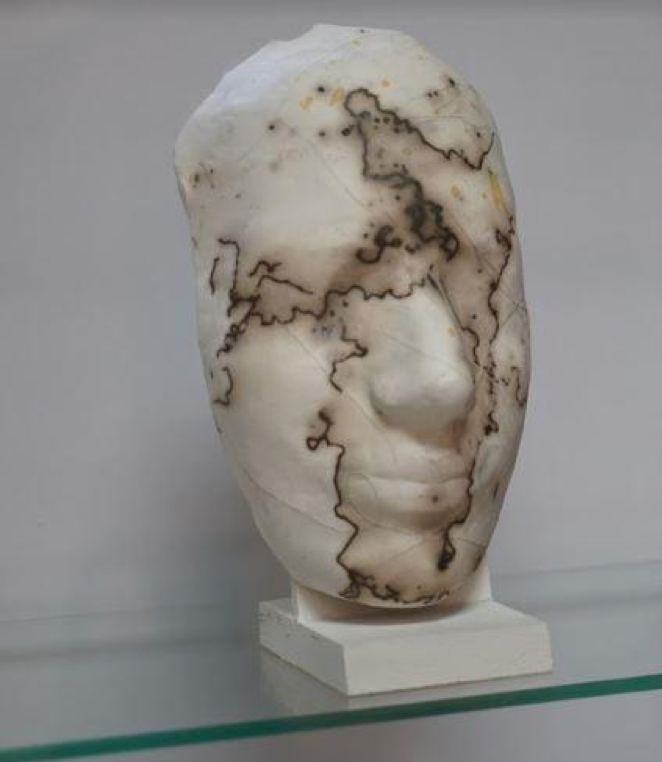
Figure 5: Marion Held. 7 x 5 x 3.5 inches. Clay with glaze. 2017. Installed at Anabel Taylor Hall, Cornell University, 2018. Courtesy of Bruno Seraphin, Cornell University Site Exhibit Photographer, Fall 2018.
Marion Held’s arresting ceramic masks are featured gazing out at the audience with intense expressions wrought through physical augmentations. The masks are made with traditional Japanese and modern potting techniques that explore the emotional registers that occur at different points in time. Other works in the exhibit also move along scales: from the personal to the political, from the active to the reflective, from small poetic verses to large infographics. On the floor of the exhibit are verses selected by poet John Canaday from his book Critical Assembly. These persona poems in the voices of those involved at different levels and through personal as well as labor relationships with the Manhattan project were based on the biographies of people involved. They link the artworks with the technical information about the present and future of these weapons displayed on eight large wall panels created by researchers at Princeton University’s Program on Science and Global Security. The red and black panels present infographics and text about nuclear weapons today, their potential effects, and projected futures. For many audiences, nuclear weapons are a distant problem which has been brought closer by current events, so these panels aim to spark conversation.
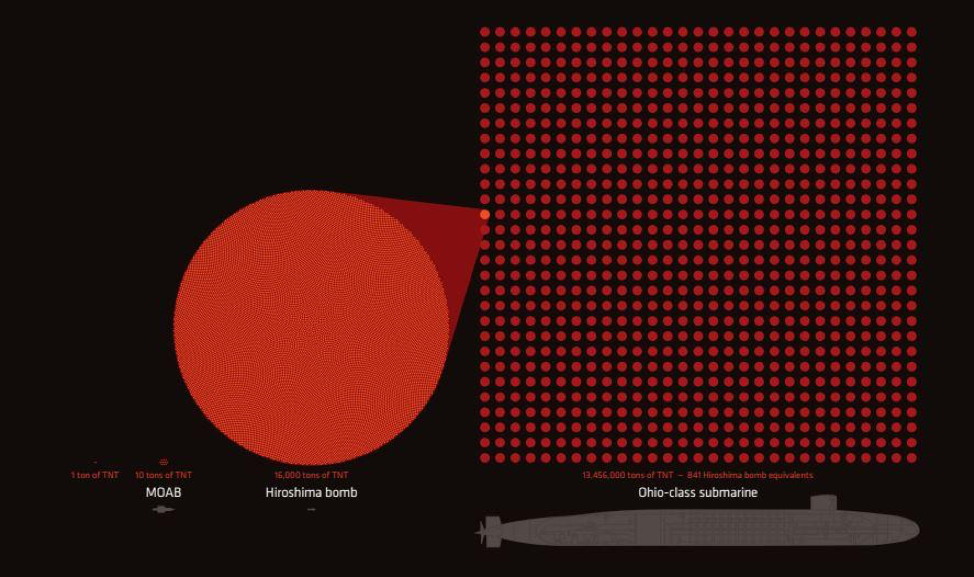
Figure 6: Zia Mian, Alexander Glaser, and Tamara Patton. Wall Panel excerpt. Cornell University 2018. Courtesy of Zia Mian, Princeton University.
To engage audiences and invite them to participate in the exhibit, a feedback wall was presented for viewers to add their own ideas about nuclear weapons and to comment on the exhibit. Such opportunities for dialogue are increasingly common in both art and science spaces. Such endeavors have additional resonance for social science facilitators, who may see them not only as evaluative instruments or forms of engagement meant to focus visitors on certain aspects of a show, but also as a way of enhancing democratic interactions with expert knowledge.
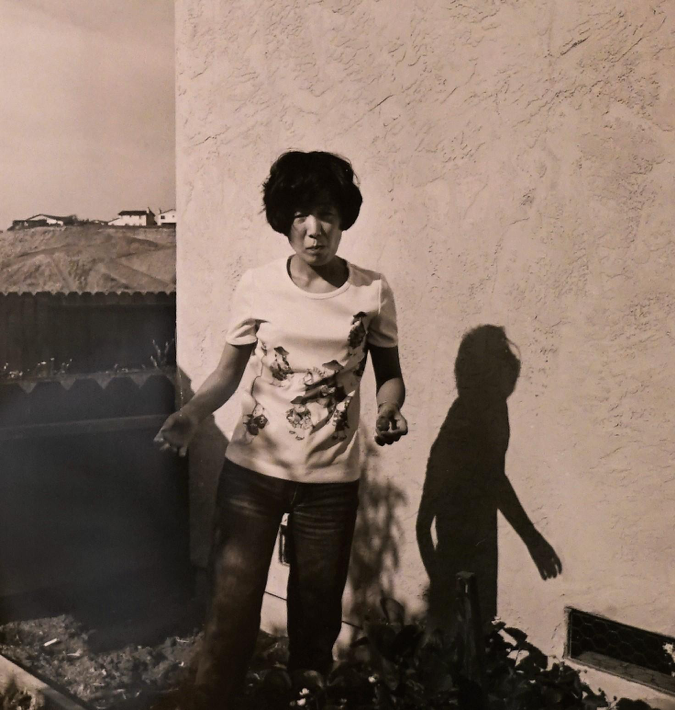
Figure 7: Gary Schoichet. Hibakusha: Mariko Lindsey, photographic portrait. San Francisco, 1986. Courtesy of Bruno Seraphin, Cornell University Site Exhibit Photographer, Fall 2018.
Gary Schoicet’s interviews and portraits of survivors of Hiroshima who were living in San Francisco in 1986 include the image above of Mariko Lindsey. In her interview with the artist she said: “For a long time I didn’t think about being a survivor. I thought I was just a regular normal high school student.” Through portraits of activists and survivors we encounter the paradox of individuals with their own histories and concerns and the universality of the human spirit conveyed through the people who populate images: families of protesters, graffiti-wielding dissenters, smiling policemen, singing guitarists, and artists using their crafts to influence governance. Bringing art and science together around a charged issue like nuclear weapons offers an opportunity to consider different forms of knowledge and what they bring to public discourse about the past and future of technologies.
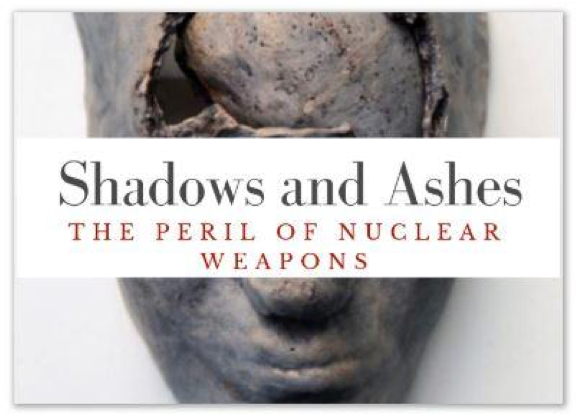
Digital Catalog and more available at: http://pacs.einaudi.cornell.edu/ shadows-and-ashes
References
Barnes, B., & Bloor, D. 1996. Scientific Knowledge: A Sociological Analysis. Chicago, IL: University of Chicago Press.
Schoichet, Gary. 1986. Hibakusha: Documentary portraits and interviews. Interviewer Gary Schoichet, San Francisco, CA.
Special thanks to Anthropology graduate student and Reppy Institute Graduate fellow, Bruno Seraphin, who photographed the exhibit at Cornell University.
Hannah Star Rogers is the Cornell University site curator for Shadows and Ashes: The Peril of Nuclear Weapons. She holds a PhD in Science & Technology Studies (Cornell University ‘12) and an MFA in Poetry (Columbia University ‘17). Her research examines the intersections of art and science, and she is co-editor of the forthcoming Art, Science, & Technology Studies Routledge Handbook. Her previous exhibitions include Making Science Visible: The Photographs of Berenice Abbott (University of Virginia), Emerge: Artists and Scientists Design the Future (Arizona State University), and Art in the Age of Biotechnology: Shaping Our Genetic Futures (North Carolina State University).
